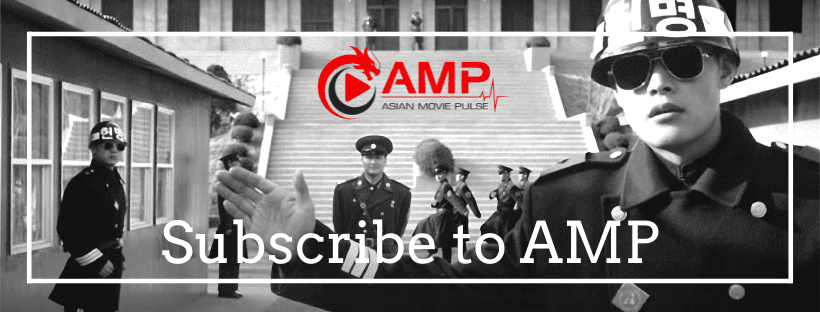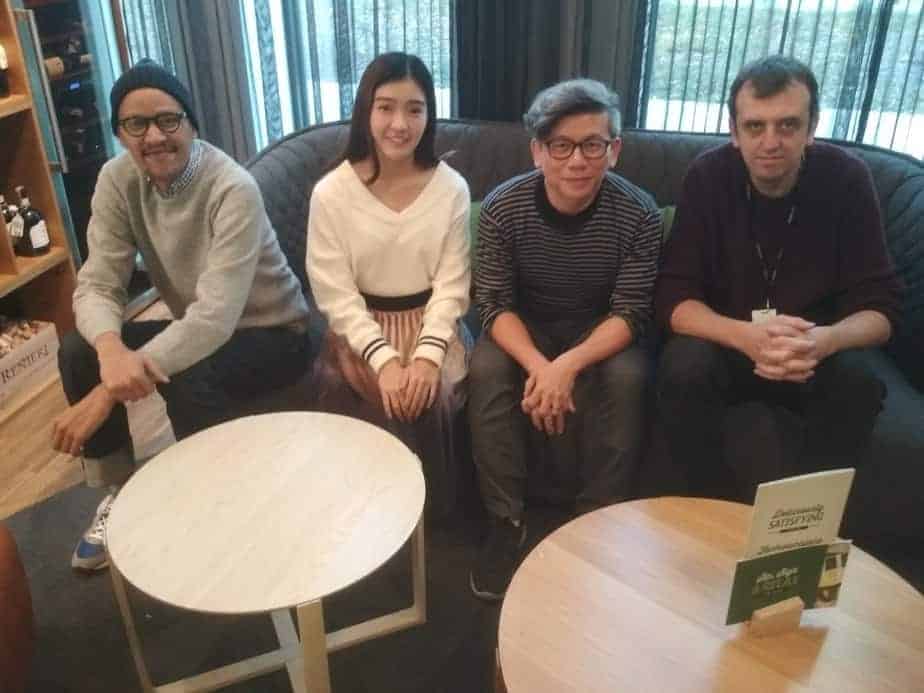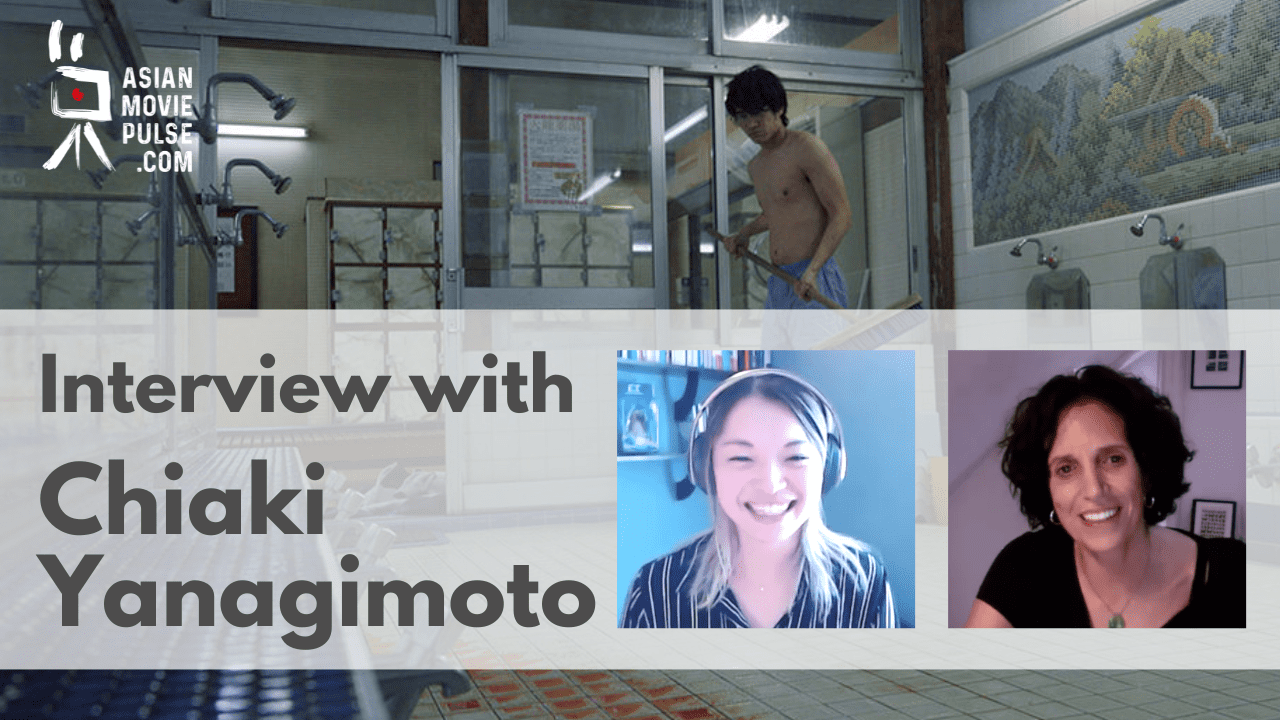Anthony Shim joins the likes of Kamila Andini (“Yuni”) and Pablo Larrain (“Jackie”) with the historic win of the Toronto International Film Festival's Platform Prize for his debut feature, “Riceboy Sleeps.” In this sober slice-of-life, he tells a 2-part story of a single immigrant mother, So-young (played by newcomer Choi Seung-yoon) surviving in the heart of Canada with her son, Dong-hyun (Dohyun Noel Hwang) in the 1990s. In the beginning, the two learn to navigate the social labyrinth of being East Asian in a mostly white town. They displace their background – and by so doing, their dignity – little by little to assimilate. They replace gimbap with sandwiches; exchange Korean names for English ones; turn the other cheek instead of fighting back. In the first half of “Riceboy Sleeps,” the all-too-familiar seeds for internalized self-hatred sow and flourish before viewers the silver screen.
Riceboy Sleeps screened at Toronto International Film Festival

As Dong-hyun grows older (with the teen version played by Ethan Hwang), he – like his childhood hero, Michael Jackson – desperately tries to conform to whiteness. He dyes his hair blonde and wears blue contacts; he gets into fights, drugs, and parties in spite of his mother's dismay. So-young, on the other hand, finds love once again, but also a growing tumor within her pancreas. As their fragile life in Canada threatens to fall apart, the two decide to take a trip to Korea. They pack their bags and head for the rolling hills of Gangwon Province in order to revisit Dong-hyun's father one last time.
Though the story and his own autobiography do not entirely align (Shim's parents immigrated together, for example), Shim notes that there are similarities – and those are crucial to making the film universal and unique at once. “The writing process was pretty challenging,” Shim admits. “There has just been so many versions of these types of films – but if I'm going to do it, I have to make it as personal as possible.”
The devil is in the details he stresses, starting from the very portrayal of the 1990s. Unlike a Sirk-ian melodrama, Shim takes a step back and records the family in a plethora of long shots. This observational technique complements the noticeably grainy texture that comes with shooting on 16mm film. He points out this is to tap into a sense of nostalgia, similar to films like “Black Swan” (Darren Aronofsky, 2010) and “Carol” (Todd Haynes, 2015). “Our childhood photos are often developed in the form of printed film and photographs – and oftentimes preserved in albums. There's something about looking at a childhood photo album that evokes certain feelings,” he says. “I'd love for people to watch this film and feel like they're looking at a traveling photo album evoking these similar feelings.”
A certain rawness presides over the film as well, thanks to a cast of fresh-faced actors. Both Dong-hyuns were new to set, he notes, and Choi Seung-yoon had only danced before. “Finding her was a lengthy, arduous, difficult process,” he laughs. He searched for Korean women between ages 25 to 50 in both North America and on the peninsula, seeking out their on-screen presence and proficient Korean language ability. Choi Seung-yoon, he recalls, came up as a “wildcard” last minute – but “it was obvious she was the right person.”
Coordinating them was not easy, however. Shim, who had been an acting teacher for ten years, treated his direction like a theatrical production. Working with minors, first of all, limited their hours per day. Shooting on precious film added another constraint. Working with new actors was another pickle altogether. With 1 week of training, 3 weeks of rehearsals, and extensive blocking with Christopher Lew, his Director of Photography, Shim said there was not much direction on set. “Everybody showed up ready. Rehearse, rehearse, rehearse. Go on set. Take two, three, and then we had to move on.” He leaned back and smiled at the memory. “It was incredible. The actors were perfect. I put together the scenes in [the sequence they were shot] because I didn't want to hide anything. I wanted to keep the performances as organic and real as possible.”
For the last segment of the “Riceboy Sleeps,” Shim elaborates that shooting in Korea – especially during the peak of the COVID-19 pandemic – brought on its own challenges. The cast and crew quarantined for two weeks and had to adjust to Korean film protocols. They also had to transport everything to a remote town in the southern tip of the country. There was a charm about choosing to film outside of a big city like Seoul, however. “My family line goes back to Wonijeon, like, fourteen generations,” Shim explains to me. “[When we were shooting there,] curious onlookers would be intrigued that we're filming in their neighborhood. Since I had connections to the area, I would tell them the name of my grandfather, and someone would always know who he was.” Sourcing local actors was also easier because of Shim's connections to the locale, preserving the accent and mannerisms present in the movie.
Despite these intimate connections, Shim insists he does not want the hyperspecificity of “Riceboy Sleeps” to pigeonhole him into just making films about his cultural and ethnic background. He aligns himself more with the work of Kogonada (“After Yang”), another diaspora Korean who films beyond Korean-specific identity. His next project, he says, is still very much a secret. He hints that it will have something to do with Chinatowns in the North American West Coast. But in the meantime, before he moves on to his next film, he needs to show “Riceboy Sleeps” to his mother first.
“Riceboy Sleeps” played at the Toronto International Film Festival, where it won the Platform Prize.
















